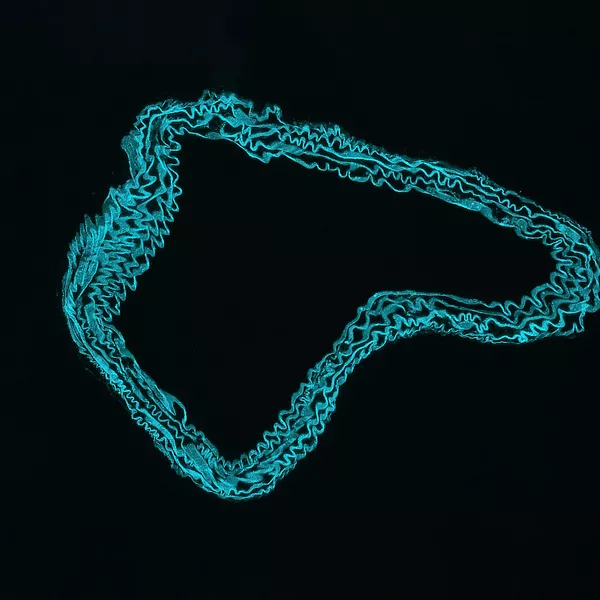Peripheral artery disease (PAD) is a type of cardiovascular disease where an individual’s arteries narrow, restricting blood flow to a body part outside of the heart and brain.
It occurs most commonly in the legs and feet. If blood flow to the limb is completely cut off, the limb can develop gangrene, which leads to various complications including the need for amputation.
In an earlier study, the Vascular Complications Group at the Heart Research Institute (HRI) discovered that the molecule TRAIL (TNF-related apoptosis-inducing ligand) stimulates the growth of new blood vessels from pre-existing vessels, helping bypass the restriction in the artery to increase blood flow for tissue survival and improve limb movement.


